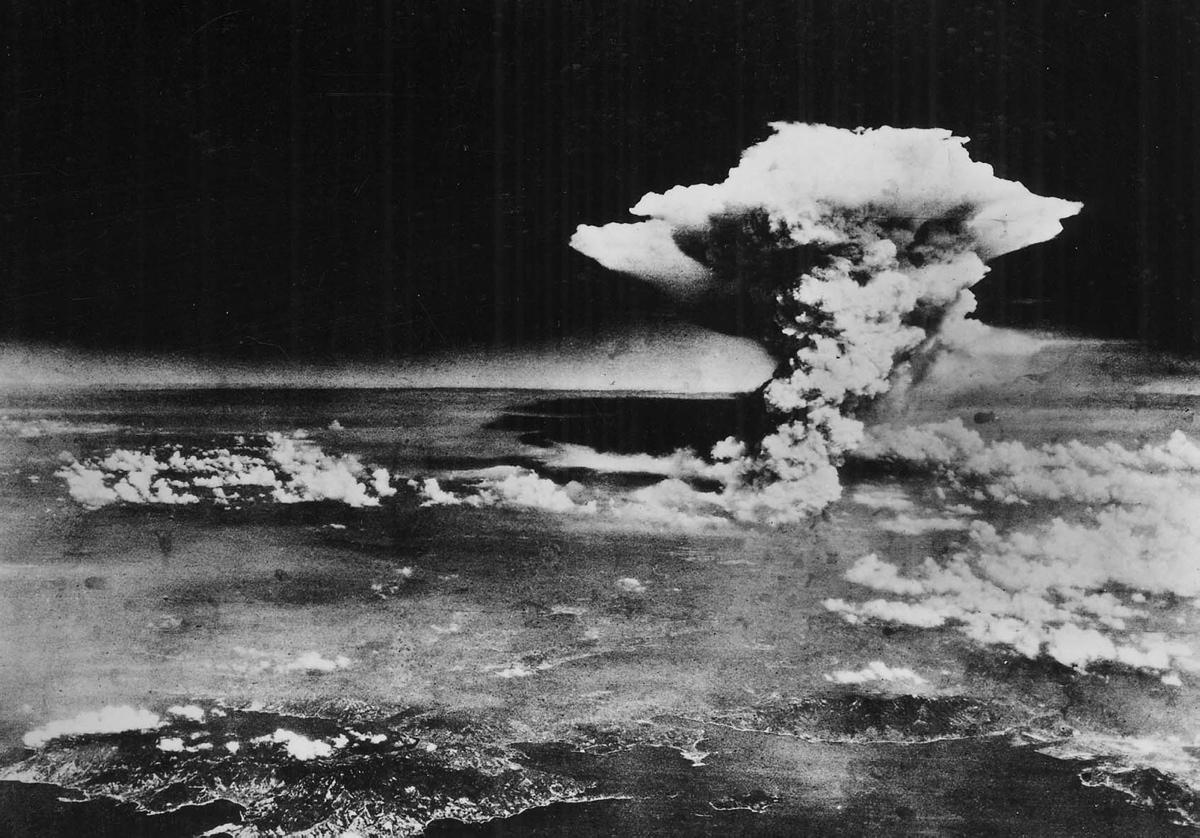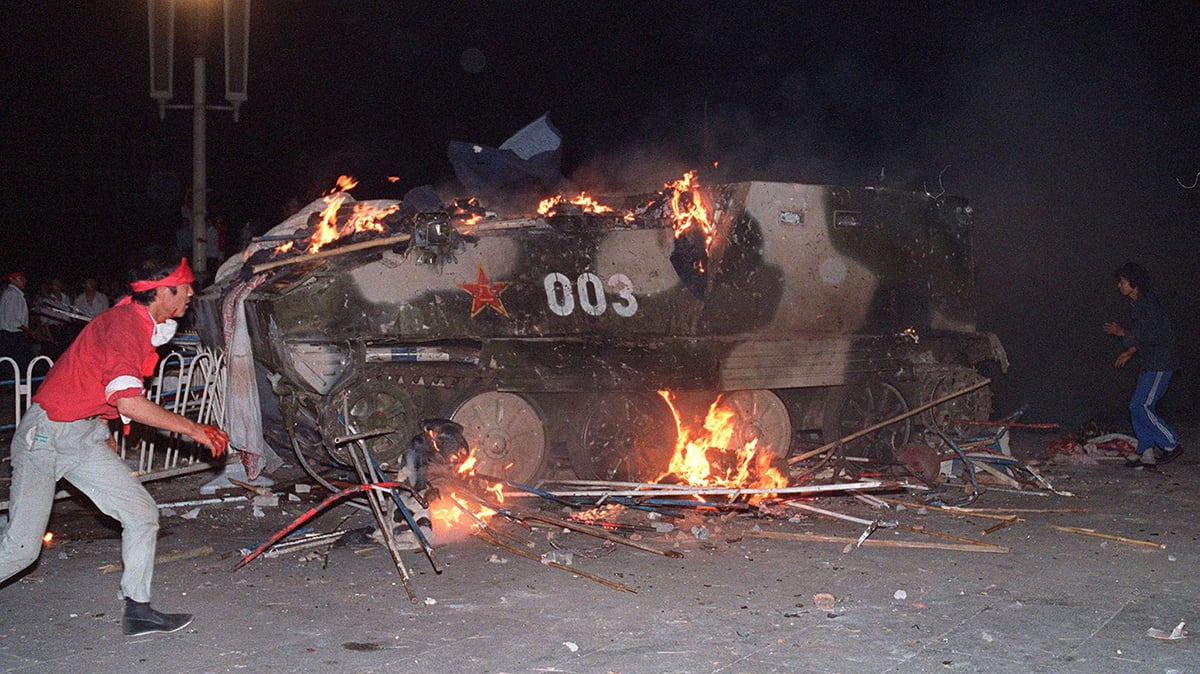On March 9, Pakistan’s two leading political parties announced that they had reached agreement on the formation of a new coalition government. In the Feb. 18 National Assembly elections, the Pakistan People’s Party won the most votes, followed by the Pakistan Muslim League-N.
|
The next step will be for the PPP to name the prime minister. Until recently, party veteran Makhddom Amin Fahim was the top candidate for the prime minister nomination. However, it is likely that Asif Ali Zardari is interested in the post.
Zardari is the widower of former prime minister Benazir Bhutto, who was assassinated in December 2007. On March 14, an anti-corruption court threw out the last outstanding corruption charge against Zardari, removing a major obstacle standing before his nomination.
The agreement announced between the two parties indicates a compromise. PML-N, the party of former prime minister Nawaz Sharif removed by Musharraf’s 1999 coup, was a strong advocate for Musharraf’s impeachment. It appears that the PML-N has compromised on this demand; in exchange, the PPP agreed to the reinstatement within 30 days of 60 judges previously removed.
After his “re-election” as president in the phony October 2007 elections, Gen. Musharraf risked having his victory decertified by the Supreme Court. In November 2007, Musharraf declared martial law, removed all the Supreme Court judges, arrested thousands of demonstrators and appointed new judges who promptly certified his presidency.
The reinstatement of the judges has become a focal point in Pakistan’s political scene, as is evident from numerous and militant street protests in many cities. Despite winning the most votes, the PPP was forced to overcome its reluctance and agree to the demand for the judges’ reinstatement.
The agreement makes it unlikely that Musharraf’s presidency will survive. Musharraf removed the judges precisely because they would not certify his presidency, won through sham elections. Should the judges be reinstated, Musharraf’s presidency would likely be decertified, effectively ending his nine-year rule as Pakistan’s military dictator.
Through the years, Musharraf has held on to power by suspending the constitution, severely repressing dissent and subordinating Pakistan to Washington’s dictates. Since 2001, Pakistan has received $10 billion in U.S. aid, used to further militarize the country in support of the “war on terror.”
While still somewhat supportive of the military dictator, it appears that the United States is coming to terms with the reality that Musharraf, its long-serving client, may no longer be able to cling to power. Richard Boucher, U.S. assistant secretary of state overseeing South Asian policy, indicated in an NPR interview a possible shift in the U.S. approach, stating, “We have talked to all the parties, telling them all, ‘We will work with whoever emerges as the leadership.’”
The two leading parties in Pakistan do not have a history of independence or progressive politics. Both parties held power in the 90s by toeing Washington’s line through corrupt policies that further impoverished the already poor Pakistani masses.
Those parties now form a coalition to rule Pakistan riding on a wave of protests against Musharraf and his U.S. backers. It remains to be seen what path they will follow between the demands of an enraged Pakistani people on the one hand and imperialist dictates on the other.






